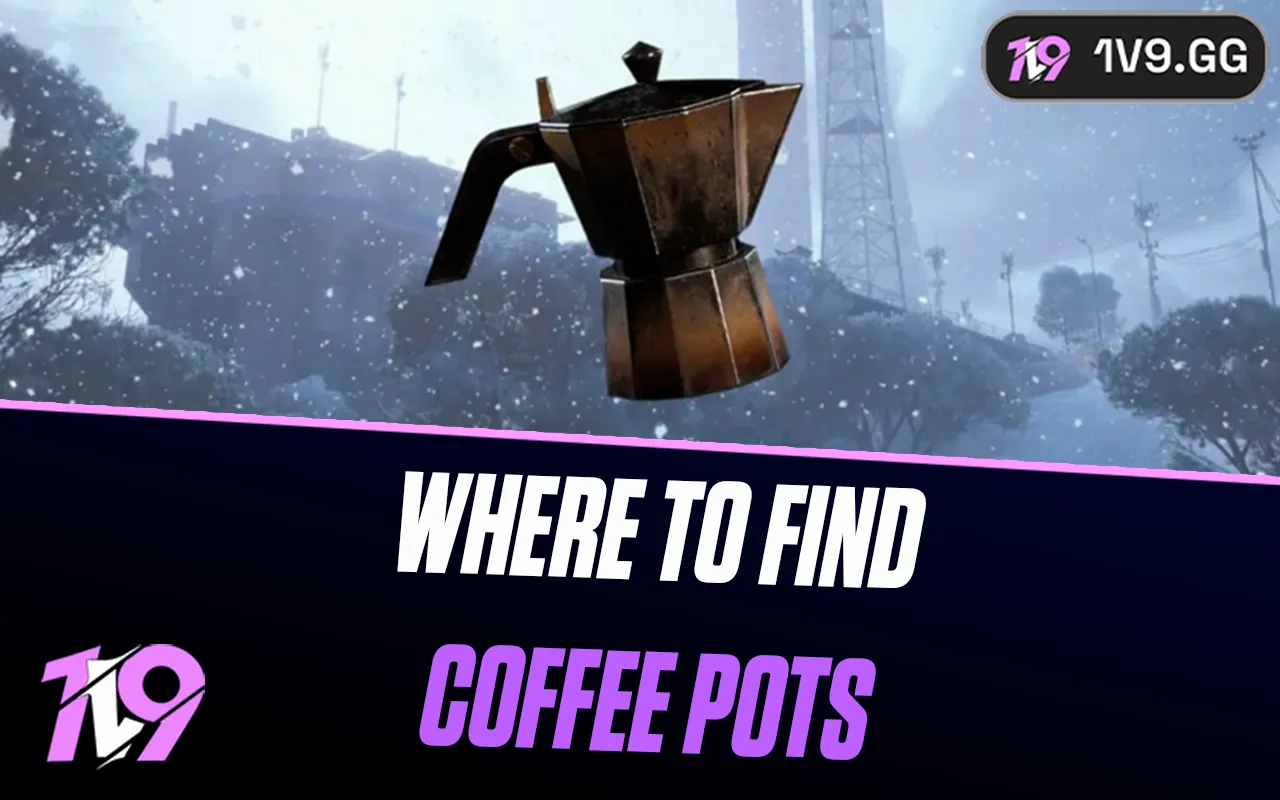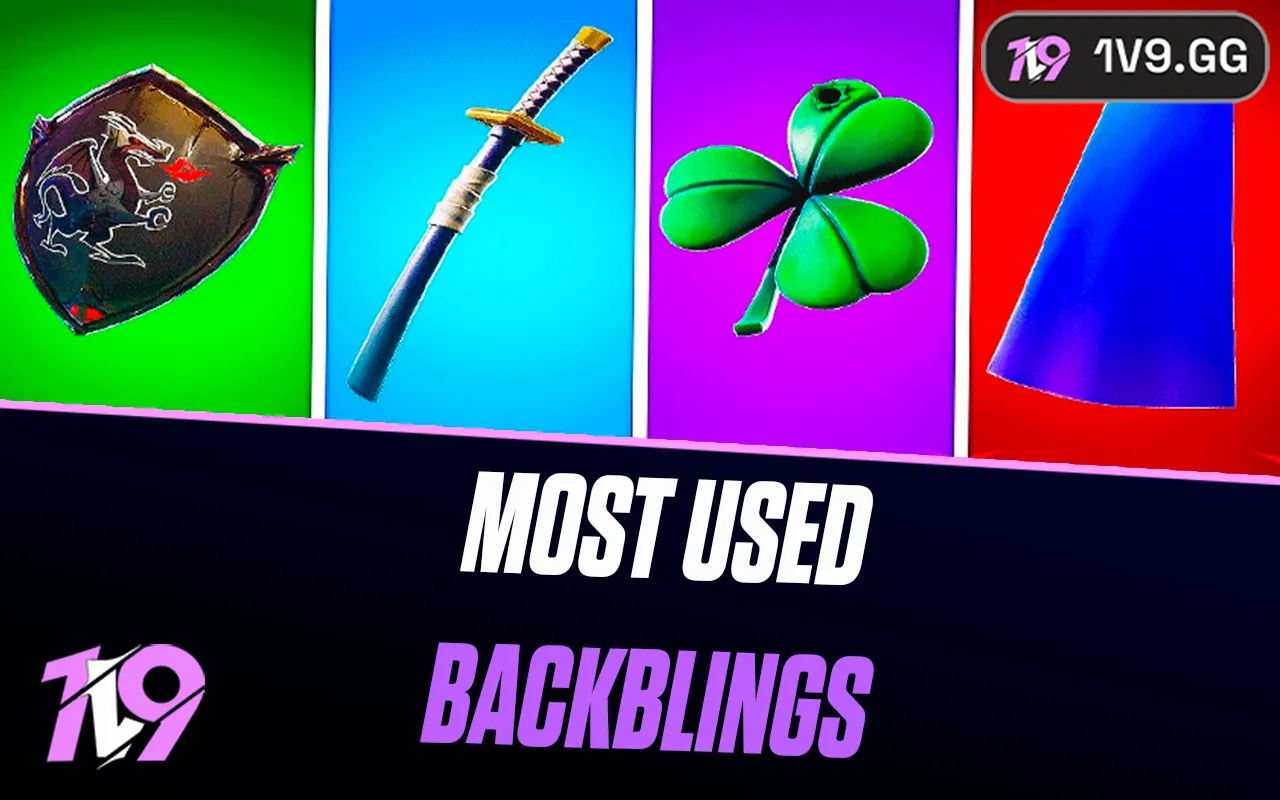
Rust: 10 Best Beginner Tips
Rust is a brutal survival game where gathering resources, building a base, and defending yourself are key to staying alive. As a beginner, the game can feel overwhelming, with harsh environments, aggressive players, and constant threats making survival a challenge. Without the right approach, it’s easy to lose progress and get wiped out before you even get started.
This guide covers 10 essential beginner tips to help you survive longer, gather resources efficiently, and defend yourself against both the environment and other players. From choosing the right spawn location and securing your base to managing resources and handling PvP encounters, these tips will help you establish yourself in Rust and avoid common beginner mistakes. If you’re looking to make it past your first night and thrive in the game, let’s jump in!
#10: Learn Basic Raiding

Raiding is a huge part of Rust, and understanding the basics will help you defend your base, loot valuable resources, and progress faster. Many beginners avoid raiding because they think it’s only for advanced players, but even small raids can be profitable if done correctly.
The first step is knowing what tools or explosives you need to break through different materials. Wooden doors can be broken with hatchets or fire arrows, while stone and metal structures require Satchel Charges, C4, or Rockets. If you’re starting out, focus on raiding smaller, weaker bases rather than wasting resources on heavily fortified compounds.
Scout bases before attacking. Look for weak entry points, unreinforced doors, or exposed loot rooms. Bases with twig structures or single-door entries are easier to raid and often belong to newer players who may have useful loot. Avoid obvious traps, like shotgun traps behind doors or airlocks designed to bait intruders.
If you’re raiding with a group, coordinate your attack to break in quickly and secure the loot before other players show up. Bring extra supplies like medkits, extra ammo, and building materials in case you need to seal off a base or defend against counter-raiders.
Finally, be prepared for revenge raids. If you raid someone nearby, they might track you back to your base and retaliate. Always change your sleeping bag locations, upgrade your base, and stay alert after raiding.
Mastering basic raiding will help you steal loot, progress faster, and become a stronger player in Rust—just make sure you’re prepared for the risks that come with it!
#9: Team Up or Befriend Others

In Rust, going solo is an option, but teaming up with others makes survival much easier. Many beginners struggle because they try to do everything alone, making them easy targets for experienced players or large clans. By teaming up or making alliances, you increase your chances of surviving, progressing, and defending your base.
If you’re new to the game, try to be friendly when meeting other players—not everyone will kill you on sight. Use voice chat (push-to-talk: “V” key) or gestures to communicate and show that you’re not a threat. Offering resources, tools, or useful information can sometimes lead to temporary alliances, helping you gather loot or stay safe in PvP zones.
Joining a Rust clan or group is another great option. Clans share resources, provide protection, and make raiding or defending bases much easier. If you don’t know anyone, you can look for clans in Rust community forums or Discord servers to find teammates.
Playing with others also helps in farming and base-building. One person can gather materials while another builds or guards the base, making progress much faster. Additionally, having teammates means you can revive each other when downed instead of losing everything on death.
While not everyone you meet will be friendly, learning to cooperate when possible can make Rust much more enjoyable and increase your survival chances. If you can’t beat the groups, join them—or at least try to stay on their good side!
#8: Watch Streams or Videos

One of the fastest ways to improve in Rust is by watching experienced players on Twitch, YouTube, or other platforms. These videos and live streams provide valuable survival tips, base-building strategies, PvP techniques, and efficient resource farming methods, helping you learn the game much faster.
By watching Rust streamers, you’ll see how skilled players navigate the map, defend their base, raid enemies, and win fights. Many streamers explain their thought process, which helps you understand why they choose certain locations, weapons, or attack strategies. This is especially useful for learning PvP mechanics like strafing, aiming, and positioning in high-pressure situations.
YouTube tutorials are great for step-by-step guides on base building, crafting, and farming resources. Beginners can learn how to set up an airlock, create a furnace loop, or efficiently farm scrap without getting ambushed. Many creators also cover common beginner mistakes and how to avoid them, saving you time and frustration.
Some key things to learn from watching experienced players include:
• Best base locations to avoid getting raided too quickly.
• How to farm resources efficiently without attracting attention.
• Basic and advanced PvP techniques to survive against hostile players.
• Raiding strategies to break into enemy bases without wasting explosives.
By watching and learning from experienced Rust players, you’ll quickly pick up new strategies, avoid costly mistakes, and improve your survival skills. If you want to progress faster, build smarter bases, and dominate PvP, taking the time to watch gameplay videos is a great investment.
#7: Use the Night to Your Advantage

In Rust, nightfall creates a natural cover that can be used strategically for farming, traveling, or raiding without being easily spotted. Many players avoid moving at night because of low visibility, but if you use it correctly, it can give you a survival advantage—especially as a beginner.
Farming at Night: Since most players stay inside their bases during the night, this is a great time to gather resources like wood, stone, and scrap without drawing attention. Bring a torch or miner’s hat, but use it sparingly—a light can reveal your location. Instead, use the night’s darkness to move quietly and collect materials without being seen.
Traveling Undetected: If you need to move bases or relocate loot, night is the safest time to do it. Stick to shadows, avoid roads, and crouch-walk to reduce noise. Since visibility is low, other players are less likely to notice you running between cover points.
Night Raiding: If you’re planning a small raid or loot run, nighttime is the best time to strike. Players are often less active or AFK inside their bases, giving you an easier entry if their defenses are weak. Bring melee weapons for silent door-breaking, and move quickly to avoid being trapped when daylight comes.
Hunting and PvP: If you’re confident in PvP, hunting at night can be an effective way to ambush unprepared players. Using night vision goggles or keeping an audio advantage (listening for footsteps or gunfire) will help you track enemies without revealing yourself.
By using the cover of darkness wisely, you can farm more safely, relocate loot, and even raid without drawing attention. Many players overlook the benefits of nighttime, but if used correctly, it can be a game-changing advantage in Rust.
#6: Stay Out of Sight

In Rust, staying hidden is one of the best ways to avoid getting killed, raided, or losing your loot—especially as a beginner. The more visible you are, the bigger a target you become, so learning how to move stealthily and position yourself smartly will increase your chances of survival.
Build Your Base in a Low-Traffic Area: One of the most common beginner mistakes is building a base too close to high-traffic areas like roads, monuments, or spawn zones. Instead, place your base in a secluded area, near cliffs, forests, or the edges of the map where fewer players pass by. This reduces the risk of random players stumbling upon your base and raiding you.
Avoid Running on Roads or Open Fields: Running across open spaces makes you an easy target for snipers or roaming players. Instead, stick to tree lines, cliffs, or hills where you can quickly hide if needed. If you must cross an open area, move quickly, stay low, and use terrain for cover.
Crouch-Walk to Reduce Noise: Sound is just as important as visibility. Running makes loud footsteps that can be heard from a distance, while crouch-walking is much quieter and lets you sneak past enemies undetected. This is especially useful when farming near other players, looting a monument, or stalking an enemy base.
Don’t Use a Flashlight or Torch Carelessly: A light source at night instantly gives away your position, so only use a torch when absolutely necessary. If you need visibility, try using the night’s natural lighting, adjusting your screen brightness, or relying on landmarks to navigate safely.
Avoid Large Groups Unless You’re Ready for PvP: If you see multiple armed players, don’t try to engage unless you have backup. Groups are usually well-equipped and will take down solo players easily. If spotted, retreat to cover, change directions, or wait for them to move on before continuing.
By staying out of sight, you’ll avoid unnecessary fights, keep your loot safe, and survive longer. Rust is all about strategy, positioning, and knowing when to engage or stay hidden—master this, and you’ll have a much easier time thriving in the game.
#5: Craft a Bow as Soon as Possible

In Rust, one of the first weapons you should craft is a bow. It’s easy to make, effective for hunting and self-defense, and gives you a much-needed advantage in early-game combat. Since guns take time to acquire, having a bow early on increases your chances of survival against other players and hostile animals.
How to Craft a Bow:
Crafting a bow is simple and requires 200 Wood and 50 Cloth. You can gather these materials by chopping trees for wood and harvesting hemp plants or hunting animals for cloth. Once you have the materials, craft the Hunting Bow and make a few wooden arrows (costing 25 wood and 10 stone per set).
Why the Bow is Essential:
• Silent & Deadly – The bow doesn’t make as much noise as firearms, making it perfect for stealthy kills and ambushes.
• Effective Against Animals – Wolves and bears can be dangerous, but a bow lets you hunt them from a distance without taking damage.
• Useful for Early PvP – Most beginners won’t have guns right away, so a well-placed bow shot can take out weaker players before they become a threat.
• Good for Hunting & Gathering Resources – Killing animals gives you cloth, food, and bones, which are essential for crafting other useful items.
Tips for Using the Bow Effectively:
• Aim Slightly Above Your Target – The bow has arrow drop, so adjust your aim for long-distance shots.
• Strafe While Shooting – Don’t stand still! Move side to side to make it harder for enemies to hit you while you fire.
• Upgrade to a Compound Bow – As you progress, consider crafting a Compound Bow, which has higher damage and better accuracy than the basic Hunting Bow.
A bow is one of the best survival tools for beginners—it allows you to defend yourself, hunt for food, and fight off early threats. Crafting one early gives you a major advantage and increases your chances of making it through the first few hours of Rust alive.
#4: Manage Your Hunger and Thirst

In Rust, hunger and thirst directly affect your survival, and neglecting them can lead to health loss, making you an easy target. The best way to stay hydrated is by drinking from rivers and lakes, but be cautious as many players build bases nearby. In the desert, you can gather cactus flesh, which restores both hunger and thirst. Hunting animals like boars, deer, wolves, and bears provides raw meat that must be cooked over a campfire to prevent food poisoning. Looting barrels, crates, and roadside monuments often yields canned food and water bottles, offering quick and easy nourishment. Fishing is another reliable food source if you have a rod and access to a fishing village. To manage resources effectively, always cook your food before eating, avoid overeating since the hunger meter maxes out at 500, carry extra food and water when traveling long distances, and if possible, build near a water source to ensure consistent hydration. Keeping your hunger and thirst levels balanced maintains maximum health and stamina, allowing you to farm, fight, and explore efficiently in Rust.
#3: Learn the Map

Understanding the map in Rust is crucial for survival, resource gathering, and planning your base location. The map is procedurally generated on each server, but it always contains key locations like monuments, roads, rivers, and biomes that affect your gameplay. Knowing where to find loot, safe zones, and high-traffic areas helps you avoid unnecessary danger and plan efficient routes. Monuments such as the Airfield, Launch Site, and Military Tunnels contain high-tier loot but are often heavily contested by experienced players, while smaller locations like Supermarkets and Gas Stations provide basic supplies with less risk. Roads and power lines usually have barrels and crates that give scrap and crafting materials, making them great for early-game farming. Rivers are excellent for fresh water and hemp plants, which provide cloth for crafting essential items like sleeping bags. The desert biome has abundant resources like stone and metal, but lacks trees and water, while the snow biome is rich in sulfur and metal nodes but requires warm clothing for survival. To navigate efficiently, always check your in-game map (press G) and mark points of interest, set up your base in a strategic location near resources but away from high-traffic zones, and use landmarks like mountains and coastlines for orientation. Learning the map will help you move smarter, avoid dangerous areas, and maximize your survival chances in Rust.
#2: Resource Gathering

Efficient resource gathering in Rust is essential for building, crafting, and survival, and knowing where and how to collect materials will give you a huge advantage. Wood is one of the most important resources and can be collected by hitting trees with a rock, hatchet, or chainsaw, with higher-tier tools speeding up the process. Stone, metal ore, and sulfur nodes are scattered across the map, often found near mountains and rocky areas, and can be harvested faster using a pickaxe instead of a basic rock. Hitting the glowing spot on trees and nodes increases efficiency, reducing gathering time significantly. Scrap is a key material for researching items and crafting high-tier gear and is mostly found in barrels, crates, and at monuments along roads and inside rad towns, but be cautious as these areas attract hostile players. Cloth, used for crafting sleeping bags, bandages, and armor, can be obtained from hemp plants, which grow near rivers and grassy areas, or by hunting animals like boars, deer, and wolves. Gathering resources is much safer at night or in remote locations where player traffic is lower, and carrying only what you need helps minimize losses if you get killed. Always deposit materials in your base frequently to avoid losing everything to raiders or hostile players, and as you progress, upgrading to better tools like metal hatchets and pickaxes will make farming faster and more efficient, allowing you to gather more resources in less time. Managing resources effectively is key to building a strong base and surviving longer in Rust.
#1: Start Small

When starting out in Rust, it’s tempting to build a massive base right away, but this often leads to wasted resources and attracts unwanted attention from experienced players looking for easy raids. Instead, focus on starting small by gathering just enough materials to craft a sleeping bag, a wooden door, and a basic one-by-one or two-by-one base with a tool cupboard to claim your territory. This allows you to secure a safe spot quickly without using up too many resources. Prioritize crafting a bow for early defense and farming cloth from hemp plants or animals to make bandages and armor. Expanding your base should be gradual—upgrade walls to stone before making it bigger, add an airlock to prevent door campers, and reinforce doors with metal as soon as possible. Placing tool cupboards outside your main base can also help prevent enemies from building too close. Keeping a low profile by avoiding high-traffic areas and farming resources in secluded locations helps you stay under the radar and survive longer. Starting small gives you time to gather better gear, understand the map, and avoid becoming an easy target, allowing you to progress steadily in Rust without unnecessary setbacks.
Conclusion
Surviving in Rust as a beginner can be tough, but by following these 10 essential tips, you’ll increase your chances of making it past the first day and establishing yourself in the game. Learning how to gather resources efficiently, stay hidden, build a secure base, and manage hunger and thirst will help you avoid common mistakes that lead to early deaths. Starting small, using the night to your advantage, and watching experienced players will accelerate your learning curve and make you a smarter survivor. Rust is all about adapting, planning, and knowing when to fight or hide, and with patience and practice, you’ll go from a struggling newcomer to a well-equipped player who can thrive in even the harshest servers. Keep improving, stay cautious, and most importantly—enjoy the challenge that makes Rust so rewarding.
Posted On: February 8th, 2025
Recent Articles
💬 Need help?
Our 1v9 support team is available 24/7 to help you with any questions or issues you may have.
support@1v9.gg
Loading...
1v9.gg is not endorsed or affiliated by any game developers or publishers.
2025 1v9, All Rights Reserved, Created By NightDev







